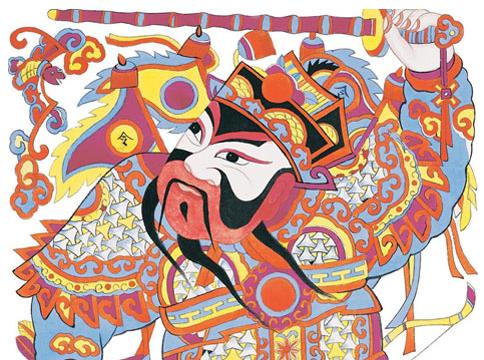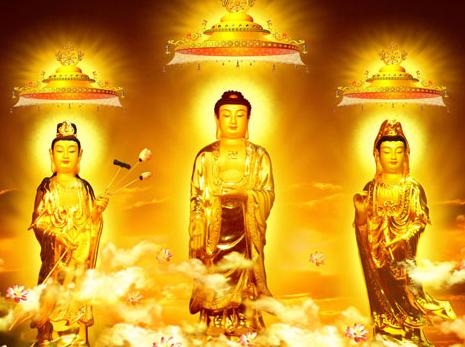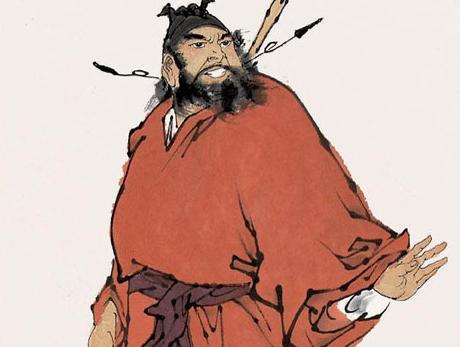
Chinese folk art reflects the long history of popular customs and traditions in Chinese culture.Deeply rooted in agriculture,people's daily life and rituals are inevitably connected with nature,the surrounding landscape,and the various captivating tales told from one generation to another about the origin of the world,mankind,and mythological beings that once roamed the earth.The handicrafts and objects created by the common folks for everyday use are thus a combination of practicality and local customs,traditions and beliefs.
Being a vast and diverse country with over fifty minorities groups,China is homeland to myriad different types of folk handicrafts.Chinese folk art can be broadly divided into costumes and embroidery,paper cuts,New Year woodcut prints,toys,wood carvings,pottery and dough figurines,masks,batik and fabric dyeing,weaving,architectural ornaments,shadow puppets,lacquer,and jewelry.In this exhibition at the Chinese Culture Center,we have assembled many of these objects in celebration of Chinese New Year—1998 being the Year of the Tiger.

Because family continuity and prosperity are of utmost importance in traditional Chinese society,parents would provide great care to their children to ensure they would grow into adulthood.However,they usually attributed the death of children to evil powers rather than to poor hygiene,lack of medical attention or malnutrition.As a result,parents would adorn their children's costumes and toys with auspicious designs to symbolize the presence of other supernatural powers to deter evil spirits.For example,according to popular belief,children's clothing and footwear in the shape of animals could be used to frighten off malicious spirits or fool them into thinking that the child was only an animal and not a human being,therefore,not worth harming or snatching away.

There are several types of patterns and images that appear frequently on children's clothing,adornments,and decorative objects.Of these images,the most common are:the tiger which is believed to be the king of the forest and fierce enough to frighten off malicious spirits;the rooster whose loud crow every morning scares away evil ghosts;the pig which symbolizes abundance and also fools the evil into thinking that the child is only an unworthy pig;the fish which is a homonym of the Chinese word for surplus;the bat,which is a homonym for good fortune;the deer which signifies wealth as the word is a homonym of the Chinese word for the salary of a Chinese official;the five poisons(scorpion,lizard,centipede,snake,and toad)which have the effect of neutralizing evil;the lotus and pomegranate which symbolize fertility(because of their many seeds);and the peach which represents longevity.
Other kinds of auspicious imagery are found on woodblock prints.These prints,also called nian hua,are pasted onto doors,walls,and furniture of homes,business establishments,and temples in Chinese villages and towns.The iconography reflects traditional Chinese folk and popular cultures.The images are of gods and deities,heroes and sages,to whom the Chinese prayed and worshipped in return for protection and blessing.In ancient China,people believed that numerous gods inhabited the Three Realms(heaven,earth,and the underworld)and ruled over human affairs and destiny.To fulfill their hopes for a bountiful harvest,healthy male heir,official promotion,and other auspicious wishes,people sought the blessing of these deities by representing them graphically in a medium that has become a unique folk art tradition known as"paper gods"or"paper joss."With the development and proliferation of printing,the Chinese were able to mass produce woodblock prints since the late Ming dynasty(mid-sixteenth century)to satisfy the high demands.
The most popular characters appearing on prints are the door gods Qin Qiong and Yuchi Gong,the demon catcher Zhong Kui,the Three Star Gods of Happiness,Wealth and Longevity,the God of Wealth,and Guanyin—the Goddess of Mercy.Playful,plump children are also favorite during New Year times to symbolize the wish for many sons to come or a blessing for good fortune.It is during Chinese New Year that people hope for a plentiful and prosperous year to come.





